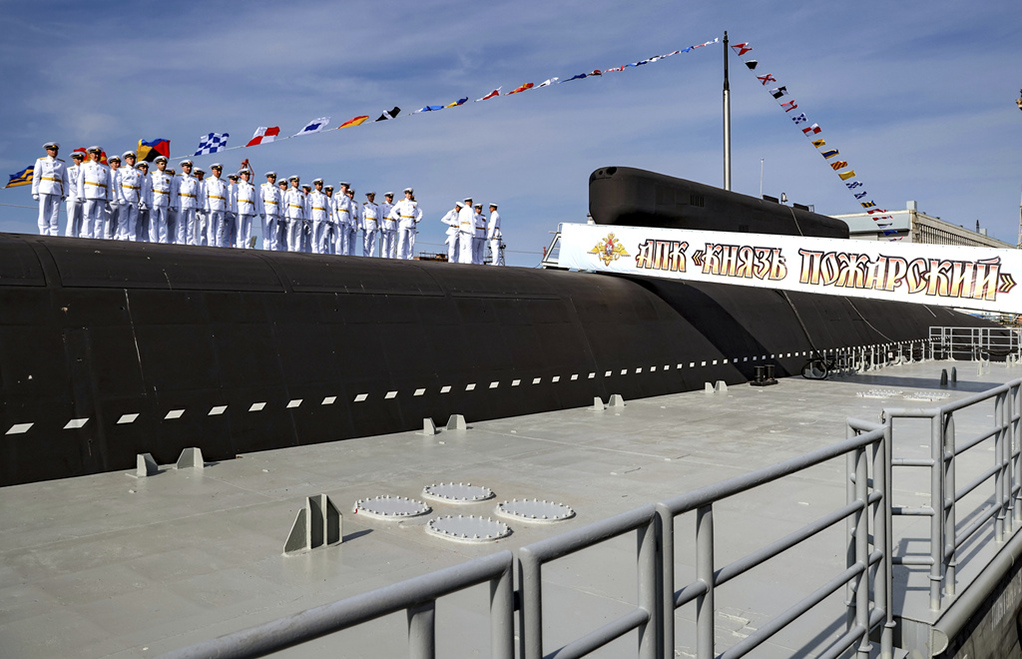Russia’s Latest Nuclear Submarine Compromised by Data Theft, Ukraine Reveals Details

Ukraine has reported the theft of a large amount of classified data on Russia's newest 955A Borei-class nuclear missile submarine, Knyaz Pozharsky, revealing its vulnerabilities.
The Gaze reports on it, referring to Business Insider, citing the Defence Intelligence of Ukraine (HUR).
Specialists from the HUR received a detailed list of the submarine's crew, including information on positions, training levels, and combat instructions, as well as diagrams of the ship's survivability systems.
The intelligence agency published several documents allegedly obtained as a result of the operation, including crew rules, instructions for moving the wounded, engineering documentation, towing procedures, and a submarine schedule.
“The Ukrainian intel operation could be a setback for the Russian Navy and expose vulnerabilities within its Project 955A-class submarines, a key element of Moscow's nuclear triad — alongside its arsenal of ground- and air-launched missiles — and considered to be among its most advanced submarines,” the statement reads.
Russia has one of the largest submarine fleets in the world, with about 64 active vessels, including five modern Borei-A class 955A nuclear-powered submarines. These 170-meter-long boats can swim underwater at speeds of up to 33 miles per hour and carry 16 16 RSM-56 Bulava submarine-launched ballistic missiles (SLBMs) equipped with nuclear warheads. These missiles can fly over 8,000 kilometers and have several independent nuclear warheads.
Construction of the new submarine Knyaz Pozharsky began in 2016, and it entered service on July 24, 2025, and became part of the Russian Northern Fleet.
It is reported that Russian submarine activities is increasingly becoming the subject of NATO's attention. For example, last week, the military alliance announced the deployment of a maritime task force to the High North region amid efforts to increase its presence there.
As The Gaze informed previously, Germany has revealed its intentions to expand its military presence in the Arctic and North Atlantic in response to rising worries about Russian militarization in the area.